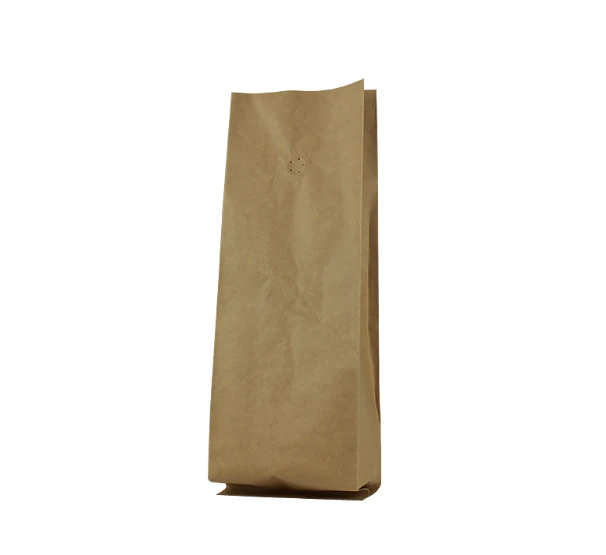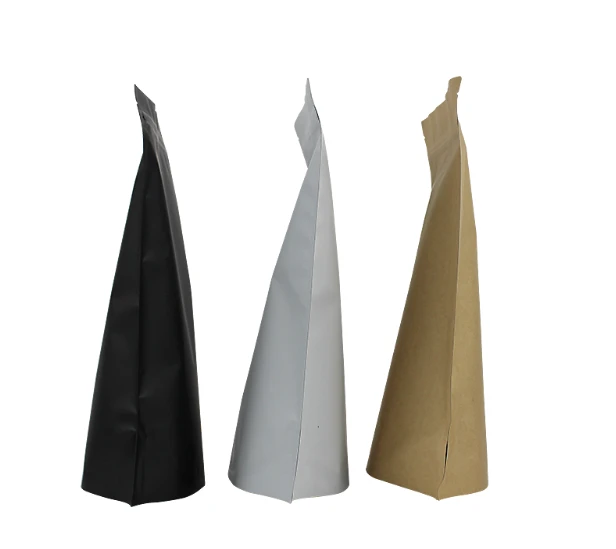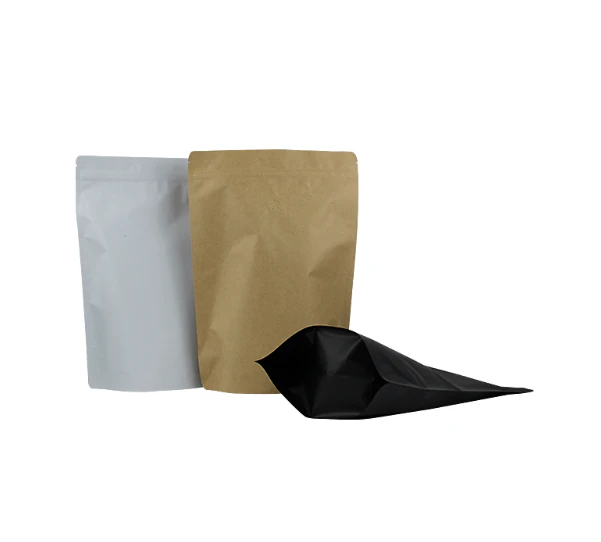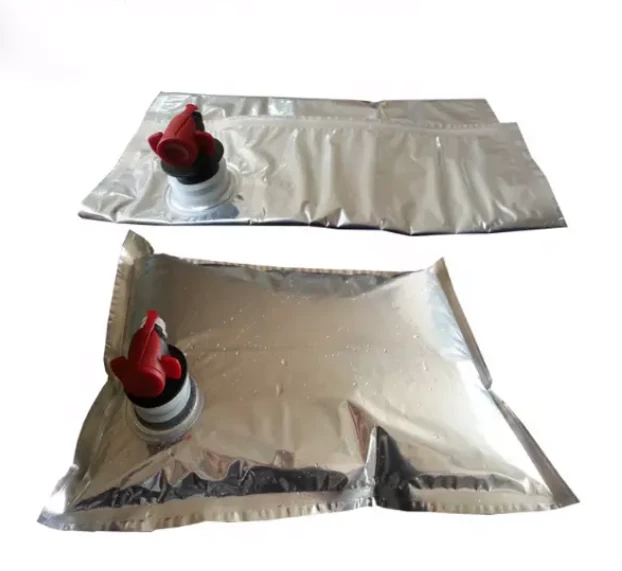- Afrikaans
- Albanian
- Amharic
- Arabic
- Armenian
- Azerbaijani
- Basque
- Belarusian
- Bengali
- Bosnian
- Bulgarian
- Catalan
- Cebuano
- chinese_simplified
- chinese_traditional
- Corsican
- Croatian
- Czech
- Danish
- Dutch
- English
- Esperanto
- Estonian
- Finnish
- French
- Frisian
- Galician
- Georgian
- German
- Greek
- Gujarati
- haitian_creole
- hausa
- hawaiian
- Hebrew
- Hindi
- Miao
- Hungarian
- Icelandic
- igbo
- Indonesian
- irish
- Italian
- Japanese
- Javanese
- Kannada
- kazakh
- Khmer
- Rwandese
- Korean
- Kurdish
- Kyrgyz
- Lao
- Latin
- Latvian
- Lithuanian
- Luxembourgish
- Macedonian
- Malgashi
- Malay
- Malayalam
- Maltese
- Maori
- Marathi
- Mongolian
- Myanmar
- Nepali
- Norwegian
- Norwegian
- Occitan
- Pashto
- Persian
- Polish
- Portuguese
- Punjabi
- Romanian
- Russian
- Samoan
- scottish-gaelic
- Serbian
- Sesotho
- Shona
- Sindhi
- Sinhala
- Slovak
- Slovenian
- Somali
- Spanish
- Sundanese
- Swahili
- Swedish
- Tagalog
- Tajik
- Tamil
- Tatar
- Telugu
- Thai
- Turkish
- Turkmen
- Ukrainian
- Urdu
- Uighur
- Uzbek
- Vietnamese
- Welsh
- Bantu
- Yiddish
- Yoruba
- Zulu
pva foam
Understanding PVA Foam Properties, Applications, and Benefits
Polyvinyl Alcohol (PVA) foam, a versatile and innovative material, has gained significant traction in various industries due to its unique properties and wide range of applications. Made from polyvinyl alcohol, a synthetic polymer, PVA foam is notable for its excellent resilience, moisture resistance, and eco-friendly nature. This article explores the characteristics, applications, and advantages of PVA foam, shedding light on why it is becoming a preferred material for many applications.
Properties of PVA Foam
PVA foam exhibits several key properties that make it an attractive choice for numerous applications. One of its most important characteristics is its lightweight nature. Despite being soft and flexible, PVA foam is durable and can withstand significant stress and strain. This quality makes it ideal for use in cushioning applications where the protection of delicate items is crucial.
Another important property of PVA foam is its moisture resistance. Unlike other foam materials that can degrade when exposed to water, PVA foam can maintain its structural integrity and performance characteristics even in wet conditions. This feature makes it suitable for applications in environments where water or humidity is a concern.
Additionally, PVA foam is known for its excellent insulation properties, both thermal and acoustic. It is effective in reducing sound transmission, making it a popular choice in construction and manufacturing settings where noise control is essential. The foam’s insulating capabilities also contribute to energy efficiency in building applications, helping to reduce heating and cooling costs.
Applications of PVA Foam
The versatile nature of PVA foam allows it to be utilized in a wide array of industries. One of the primary applications is in the packaging sector. Companies use PVA foam to create protective packaging for fragile items such as electronics, glassware, and artwork. The cushioning effect of the foam minimizes the risk of damage during transportation and storage.
In the construction industry, PVA foam is increasingly being used for insulation purposes. Its superior thermal resistance helps to regulate indoor temperatures and enhance energy efficiency in buildings. Moreover, PVA foam is employed in wall panels, roofing materials, and underlayment for flooring systems, providing both insulation and soundproofing benefits.
pva foam

The medical sector also benefits from PVA foam, particularly in the production of wound dressings and orthopedic supports. Its biocompatibility and gentle texture make it suitable for applications that come into direct contact with the skin. PVA foam dressings promote a moist healing environment, reducing the risk of infection and improving healing times.
Other notable applications include the automotive industry, where PVA foam is used for sound insulation and cushioning, and the sports sector, where it serves as padding in protective gear and equipment. Furthermore, hobbyists and craft enthusiasts have found PVA foam to be an excellent material for model-making and artistic projects due to its versatility and ease of manipulation.
Benefits of PVA Foam
Using PVA foam offers several benefits, making it an appealing choice for manufacturers and consumers alike. One significant advantage is its eco-friendliness. PVA is biodegradable and can break down naturally over time, reducing environmental impact compared to many other synthetic materials. This property has made PVA foam attractive for companies looking to enhance their sustainability practices.
Additionally, PVA foam can be easily manufactured in various densities and thicknesses, allowing for customization to meet specific application requirements. Its adaptability makes it a go-to material for innovative designs and solutions in multiple fields.
The ease of processing and shaping PVA foam also contributes to its popularity. It can be cut, glued, and molded with relative simplicity, enabling designers and manufacturers to create intricate shapes and contours that meet their needs.
Conclusion
In summary, PVA foam is a remarkable material that combines lightweight flexibility with durability, moisture resistance, and insulation properties. Its wide range of applications, from packaging and construction to medical and automotive uses, highlights its versatility. As sustainability continues to be a key factor in material selection, the eco-friendly nature of PVA foam positions it as a preferred choice for many industries. As technology and manufacturing processes evolve, it is likely that the usage of PVA foam will expand further, paving the way for innovative applications and solutions that will benefit society as a whole.













